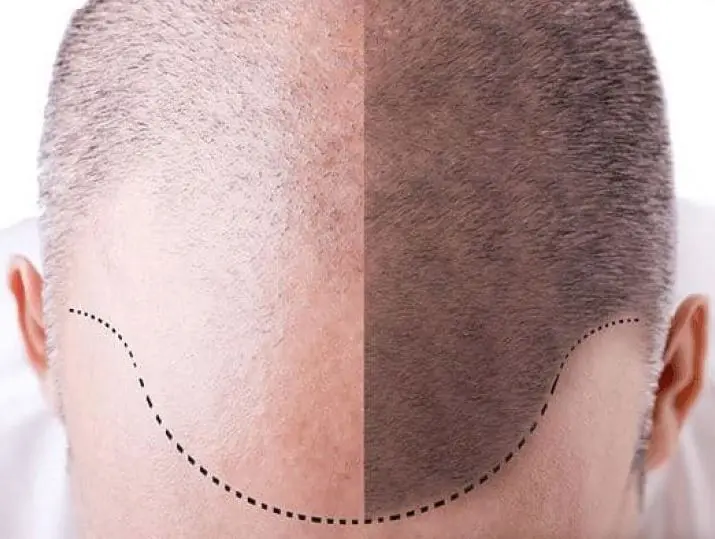When you think of hair transplantation, you may imagine an uneven, visible distribution of hair from years past. But hair transplantation has made advances in repairing this problem, especially in the last decade.
Hair transplantation Tunisia sometimes called hair restoration – is an outpatient procedure that uses micrografting technology to donate your own hair follicles to other areas of your scalp that are thinning.
The results of a hair implant are visibly long-lasting and are considered permanent. The procedure also takes a long time and involves a healing and recovery process. For these reasons, people who have already undergone significant scalp thinning are typical candidates for a hair transplant.
Following a request for this procedure, we will help you understand the results of a Tunisia hair transplant, what to expect and the types of procedures.
Once your hair follicles are transplanted into the areas where your hair is thinning, it takes some time for your skin to heal. In fact, it is normal for some of your hair to fall out during the first three months after the procedure.
It can take anywhere from 6 to 12 months to heal. But once the healing process is complete, the transplanted follicles begin to grow hair that will fill in the bald areas of your scalp. This is hair that will continue to grow naturally as you age.
The movement of hair follicles is permanent; there is no way to return them to their previous position. But like the rest of your hair follicles, the transplanted ones have a lifespan. At some point, they may gradually stop producing as much hair as before.


